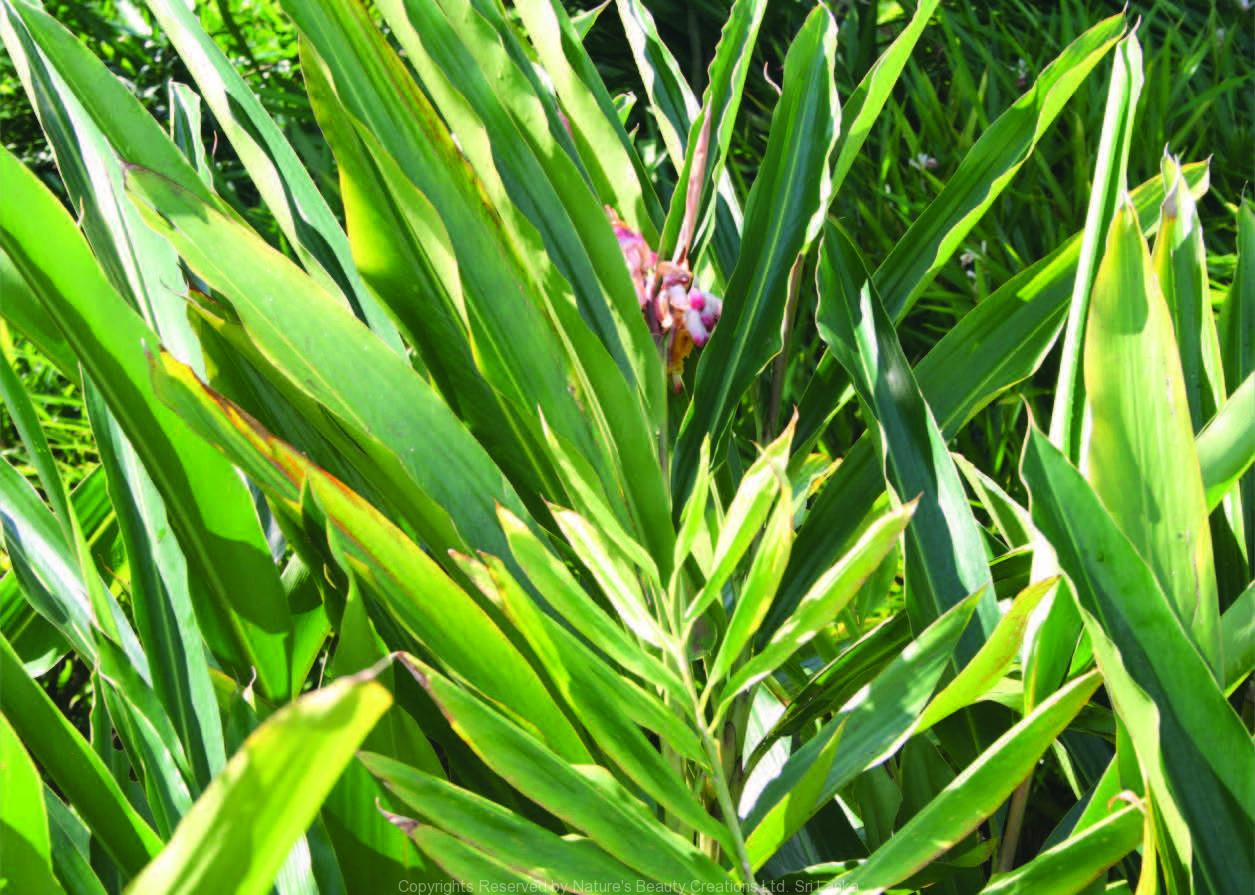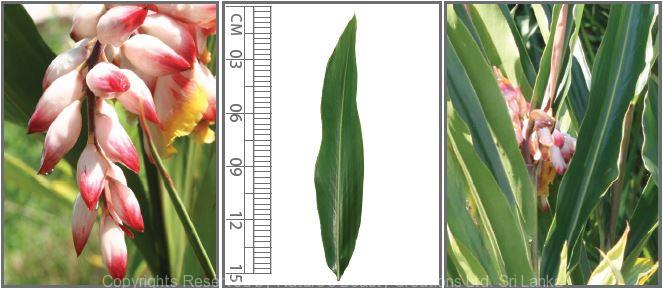

Traditional Knowledge
Useful plant parts :
Rhizome, fruit and flower bud
Uses in traditional medicine :
- Flower bud juice in luke warm water is used as a mouthwash for healthy gums and teeth
- Rhizome decoction is used to wash blisters on skin
- Fruit is prescribed as an emetic
Scientific Research
Chemical constituents:
Lactone: kavalactone, labdane type diterpenes: coronarin A and E, hedyforrestin B, flavonoides: pinocembrin, alpinetin, chalcone: cardamonin from rhizome; methyl (E)- cinnamate from rhizome essential oil
Bioactivity :
Aerial parts: antioxidative; fruits: selectively cytotoxic against cancer cells
Clinical:
References : Adelin, E., (2011), Biotransformation of natural compounds. Oxido- reduction of Sch-642305 by Aspergillus ochraceus ATCC 1009, Bioorganic & Medicinal Chemistry Letters, 21, 2456–2459. Bussaban, B., (2003), Xenosporium amomi sp. nov. from Zingiberaceae in Thailand, Fungal Diversity, 14, 61-66. Chan, E. W. C., (2008), Antioxidant and tyrosinase inhibition properties of leaves and rhizomes of ginger species, Food Chemistry, 109, 477–483. Habsah, M. et al., (2000), Screening of Zingiberaceae extracts for antimicrobial and antioxidant activities, Journal of Ethnopharmacology, 72 , 403–410. Kshirsagar, R. and Upadhyay, S., (2009), Free radical scavenging activity of medicinal plants from Tripura, Northeast India, Natural Product Radiance, 2, 117-122. Nuntawong, N. and Suksamrarn, A., (2008), Chemical constituents of the rhizomes of Alpinia malaccensis, Biochemical Systematics and Ecology, 36, 661–664. Sirat, H. M. et al., (2011), Chemical compositions of the rhizome oils of two Alpinia species of Malaysia, Nat Prod Res, 25(10), 982-6. Thu, N. B. et al., (2010), Screening of Vietnamese Medicinal Plants for Cytotoxic Activity, Natural product sciences, 16(1), 43-49. Tushar, et al., (2010), Ethnomedical uses of Zingiberaceous plants of Northeast India, Journal of Ethnopharmacology, 132, 286–296.
Copyrights Reserved By
Natures Beauty Creations




